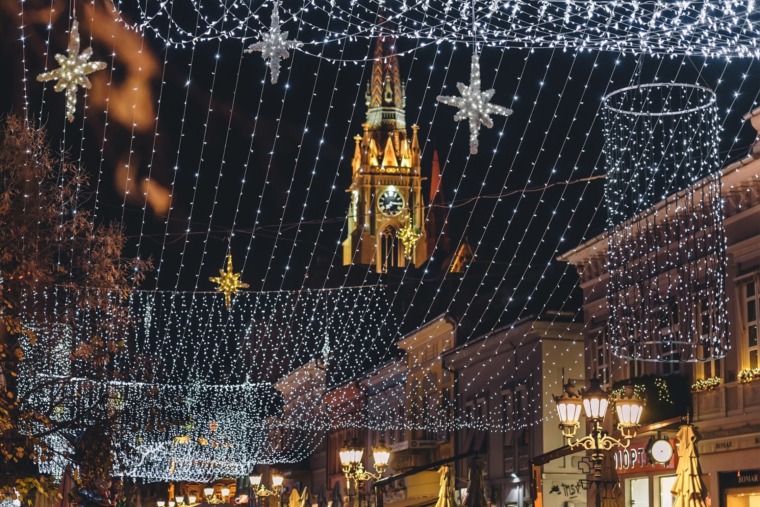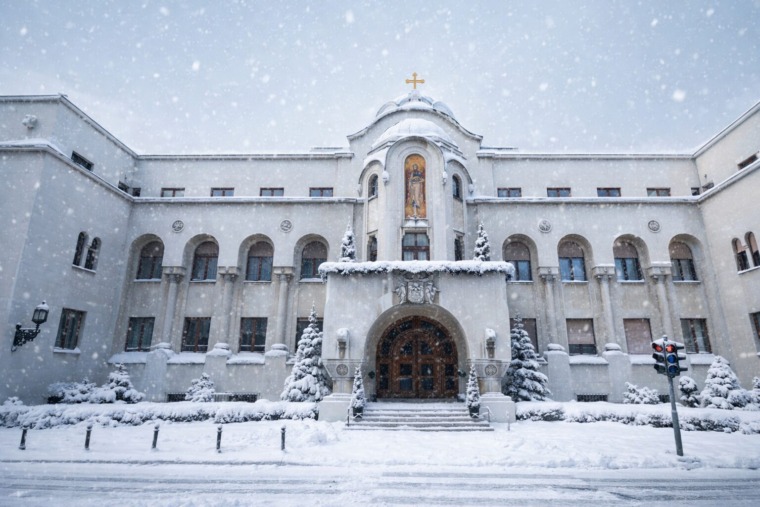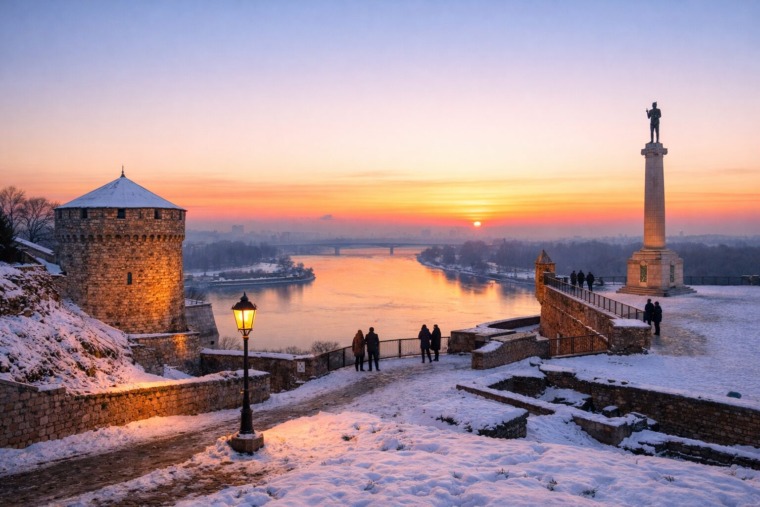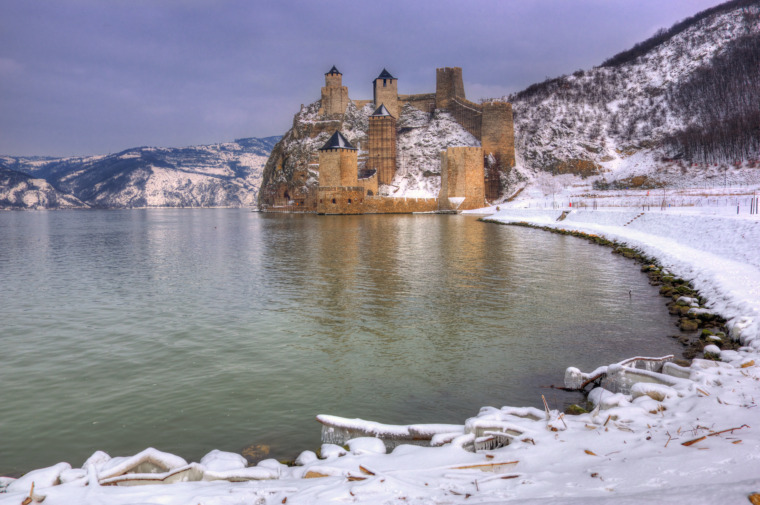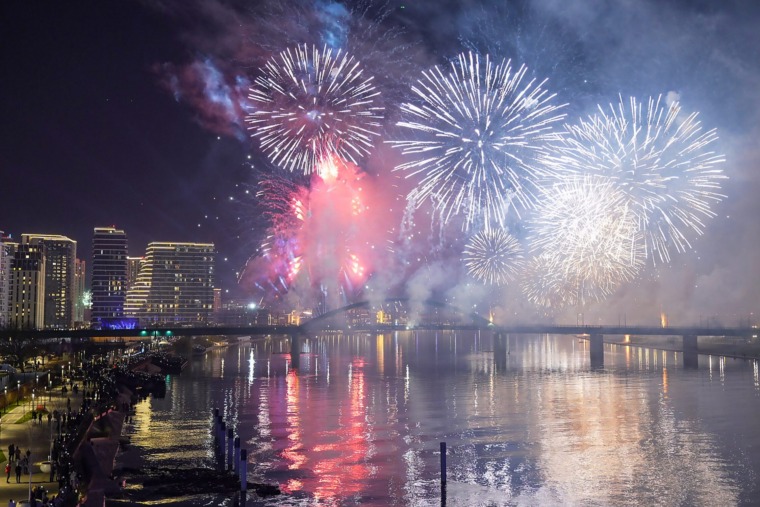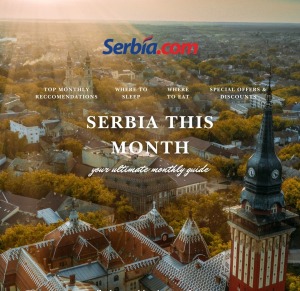
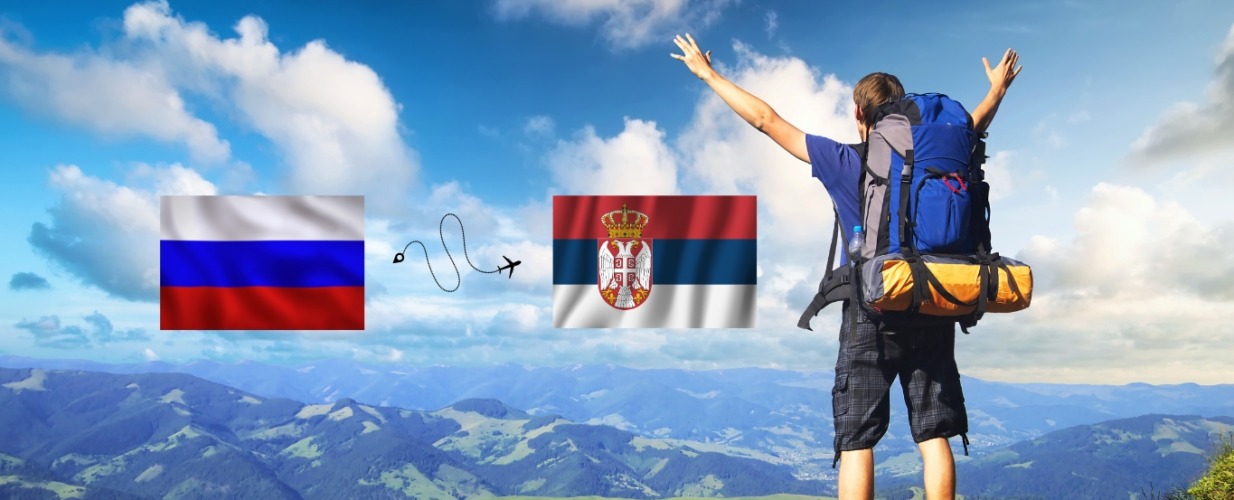
When a Russian comes to Serbia, he doesn’t feel like a stranger. Though the landscapes and accents may differ, there’s an unmistakable sense of familiarity — from the warmth of the people and respect for tradition to the shared love for history, faith, and hearty food.
In Belgrade’s streets, Russian visitors quickly feel at home. In Knez Mihailova they often hear their native language, at Kalenić Market locals offer them homemade cheese “just like in Russia,” and in traditional kafanas with accordion music and a glass of rakija, they recognize the same warmth that defines Russian hospitality.
Where would a Russian go in Serbia?
They would start at the Temple of Saint Sava — not only for its beauty and scale but for the deep spiritual bond between the Serbian and Russian peoples. Many Russians also visit monasteries on Fruška Gora, Studenica, and Žiča, finding them reminiscent of their own sacred places.
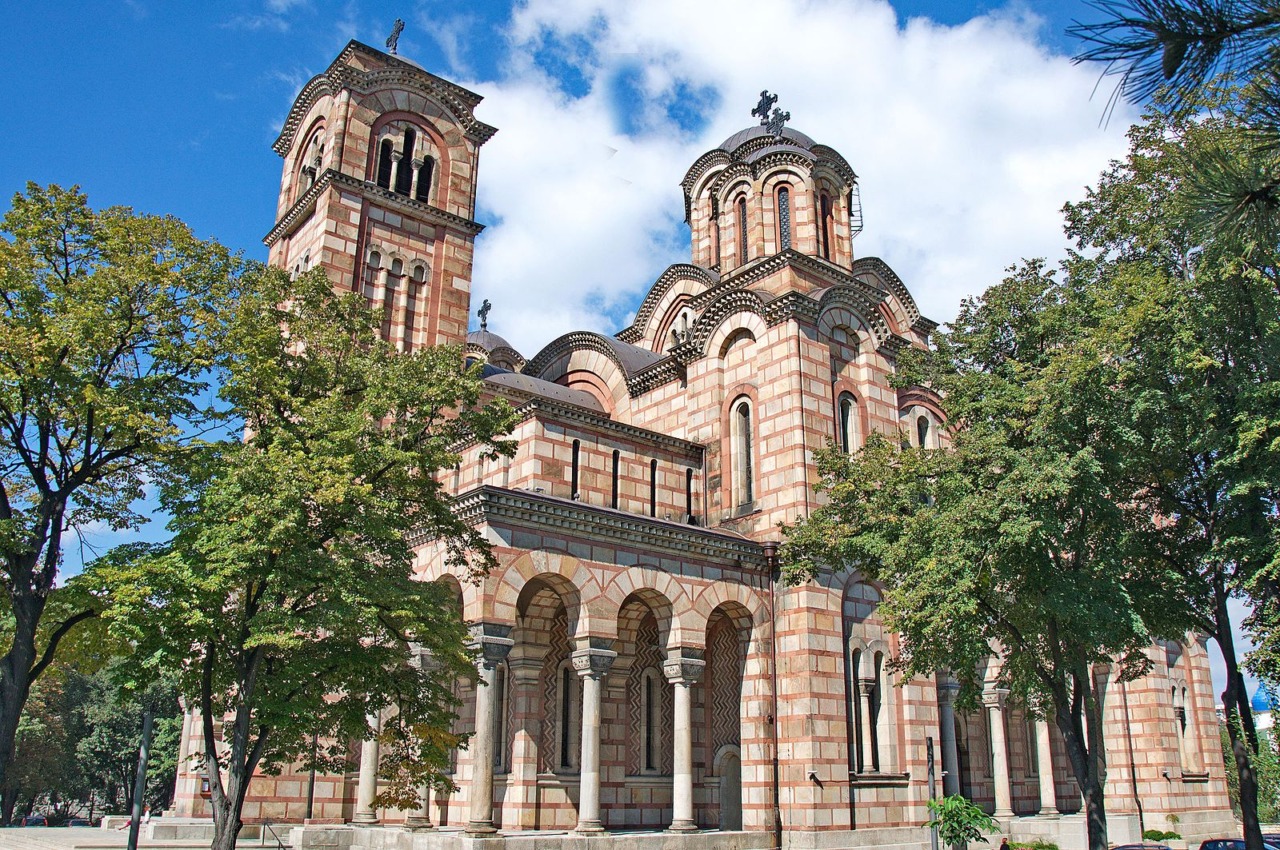
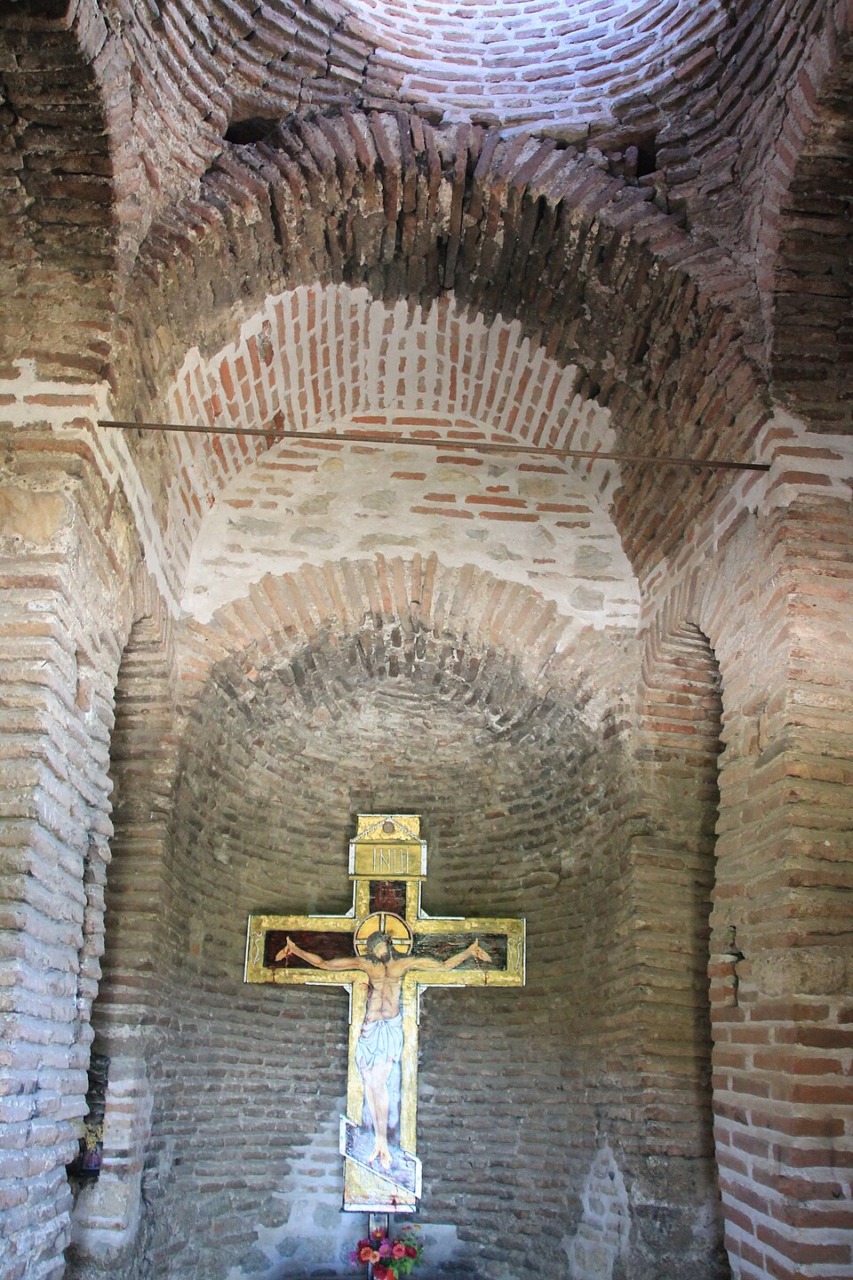
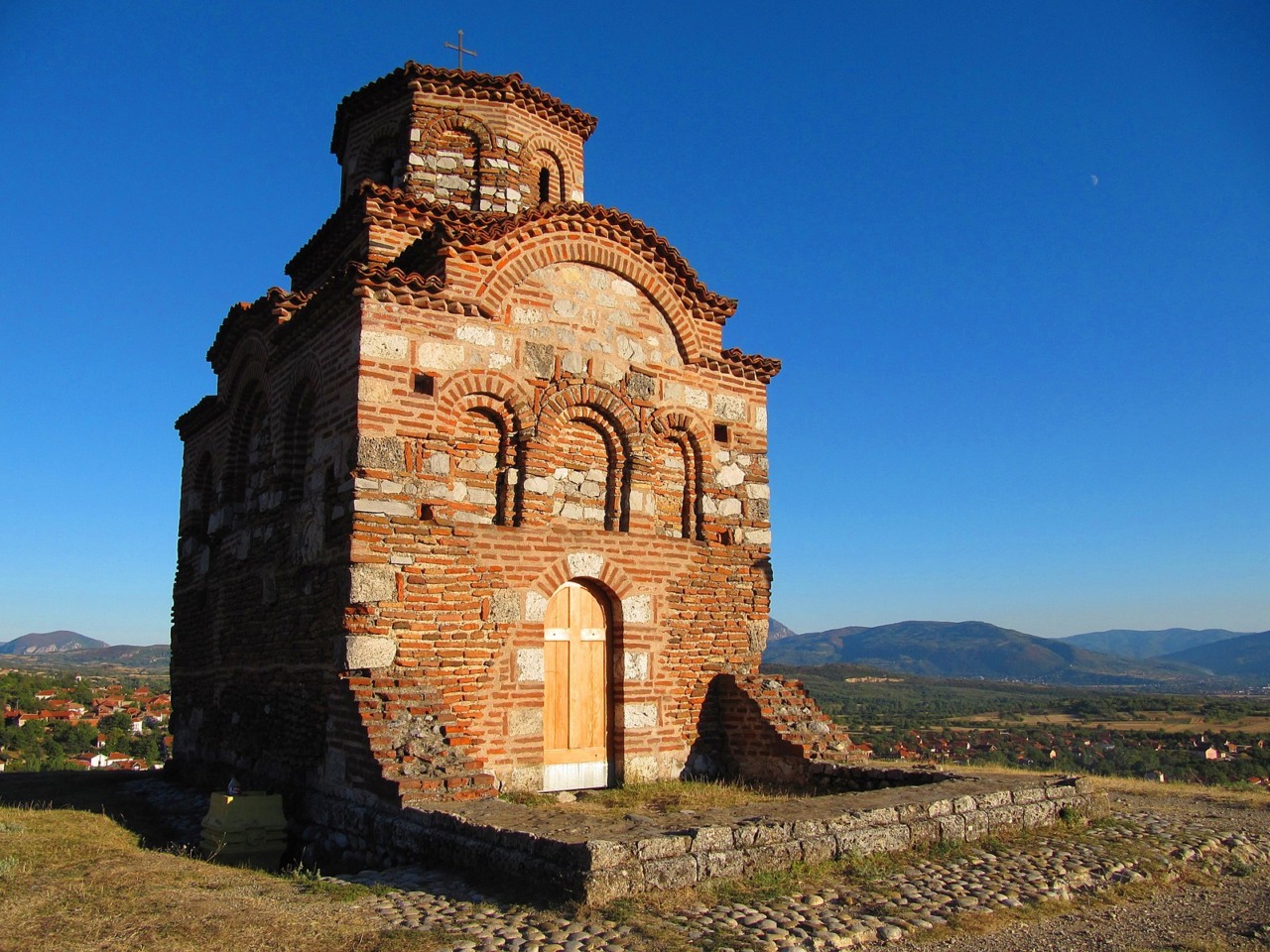
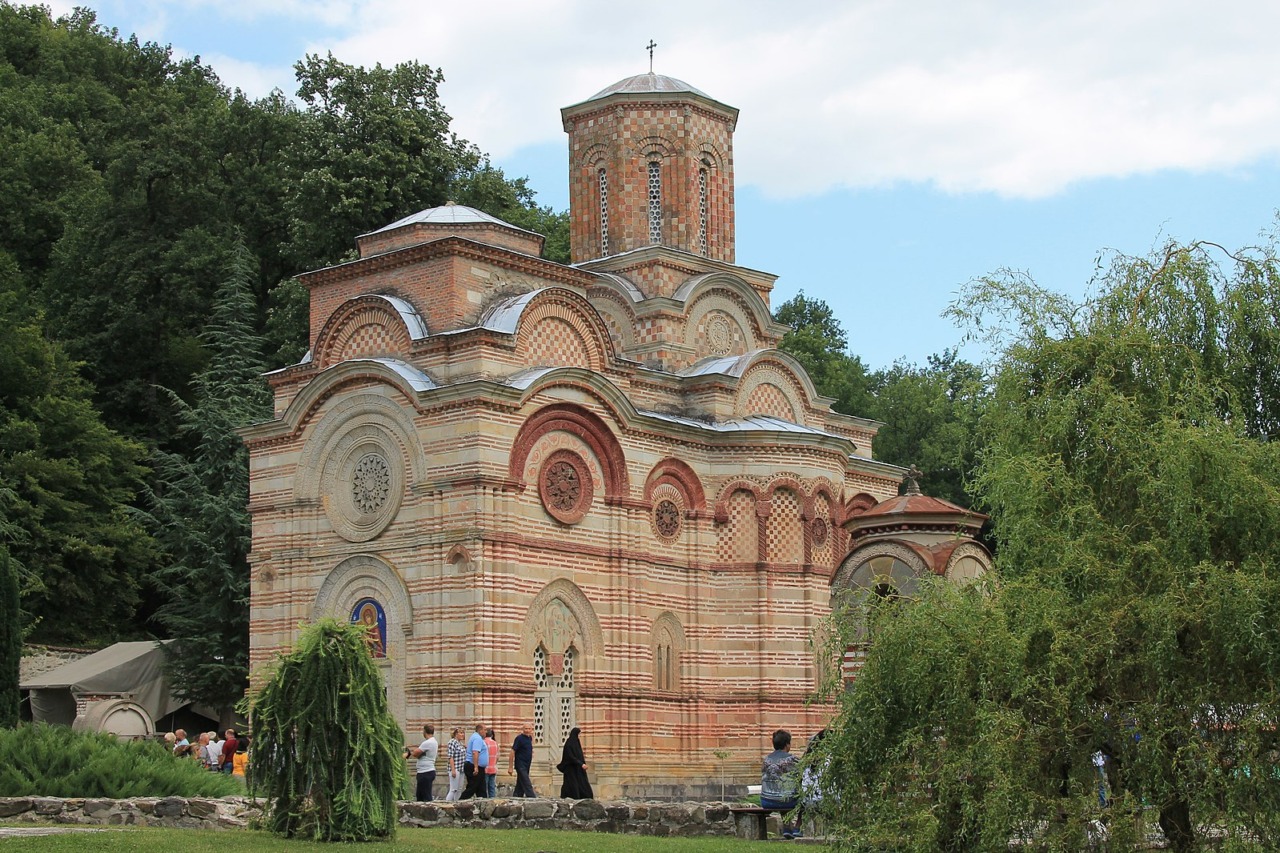
Next come the mountains — Zlatibor, Kopaonik, or Tara — where they enjoy nature, tranquility, and clean air. Russians particularly appreciate Serbia’s tradition of homegrown food: fresh milk, honey, jams, and vegetables straight from local farmers.
What would a Russian try?
A bowl of homemade chicken soup, stuffed peppers, sarma, and cheese pies. Rakija would be sampled with curiosity, though they might prefer local wines or rosehip tea. Many restaurants even offer familiar dishes like borscht, pelmeni, or “herring under a fur coat,” thanks to the small but lively Russian community in Serbia.
Where can a Russian find “a piece of Russia” in Serbia?
Russian culture thrives in Belgrade and Novi Sad — in cozy restaurants, bookstores, and through events at the Russian House (Русский дом). Orthodox churches across Serbia also echo with Russian liturgical songs. Many Russians who’ve moved to Serbia open small businesses, craft studios, and IT startups, adding new energy to local life.
In the end, a Russian would describe Serbia as a country where one feels at home — but with that special Balkan charm, where every cup of coffee becomes a conversation, and every song a story of a shared Slavic soul.
Related Articles

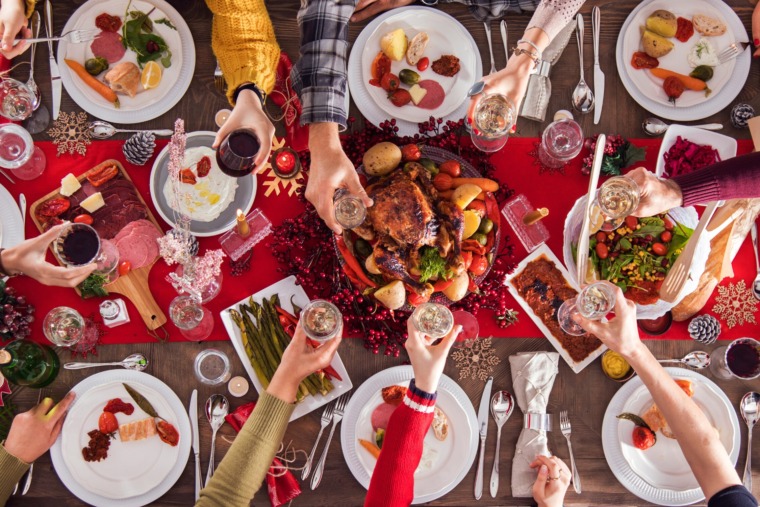
10 Dishes That Must Be on a Serbian New Year’s Table
December 24, 2025
Tourist Holiday Guide to Serbia: Tips, Traditions & What to Expect
December 20, 2025